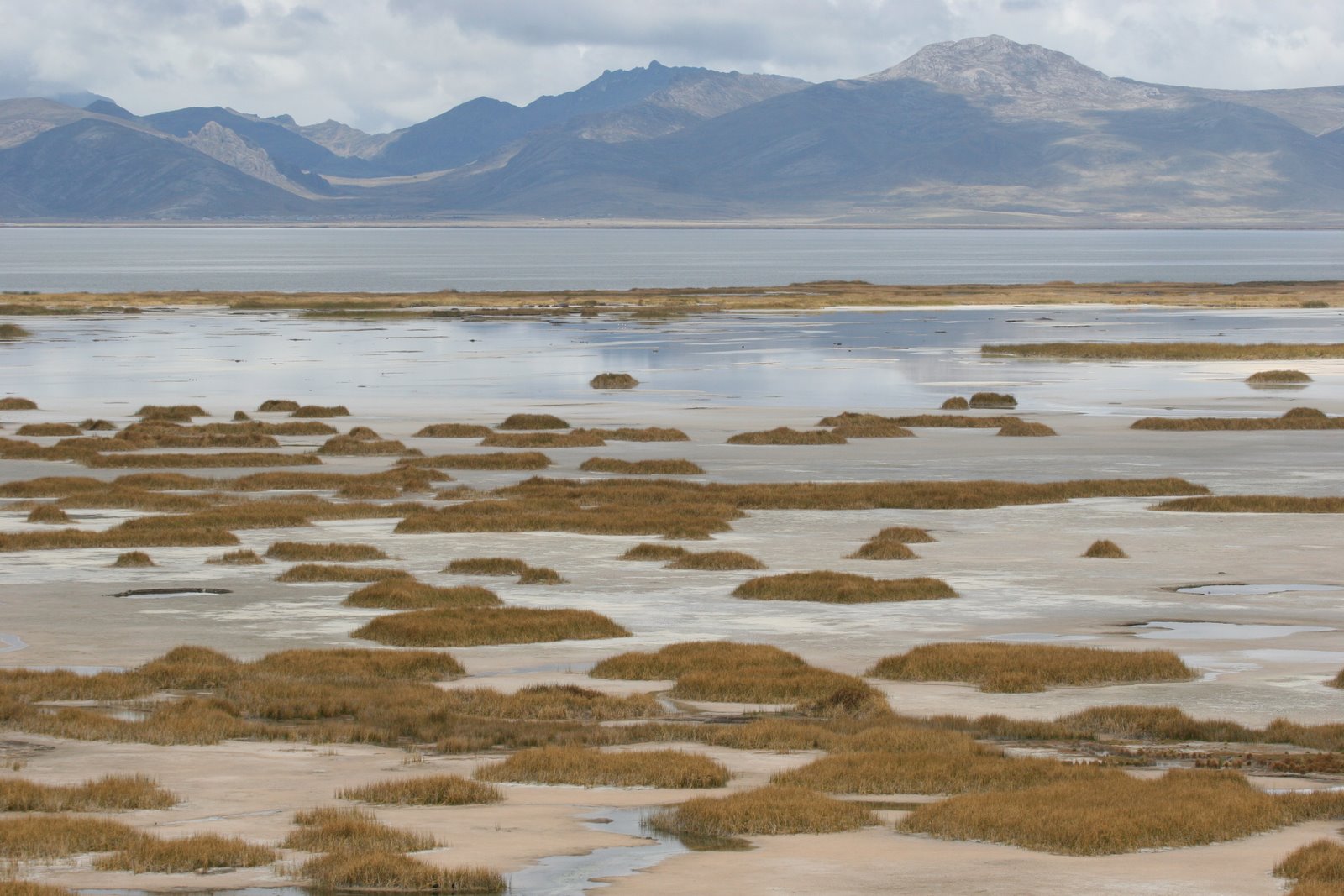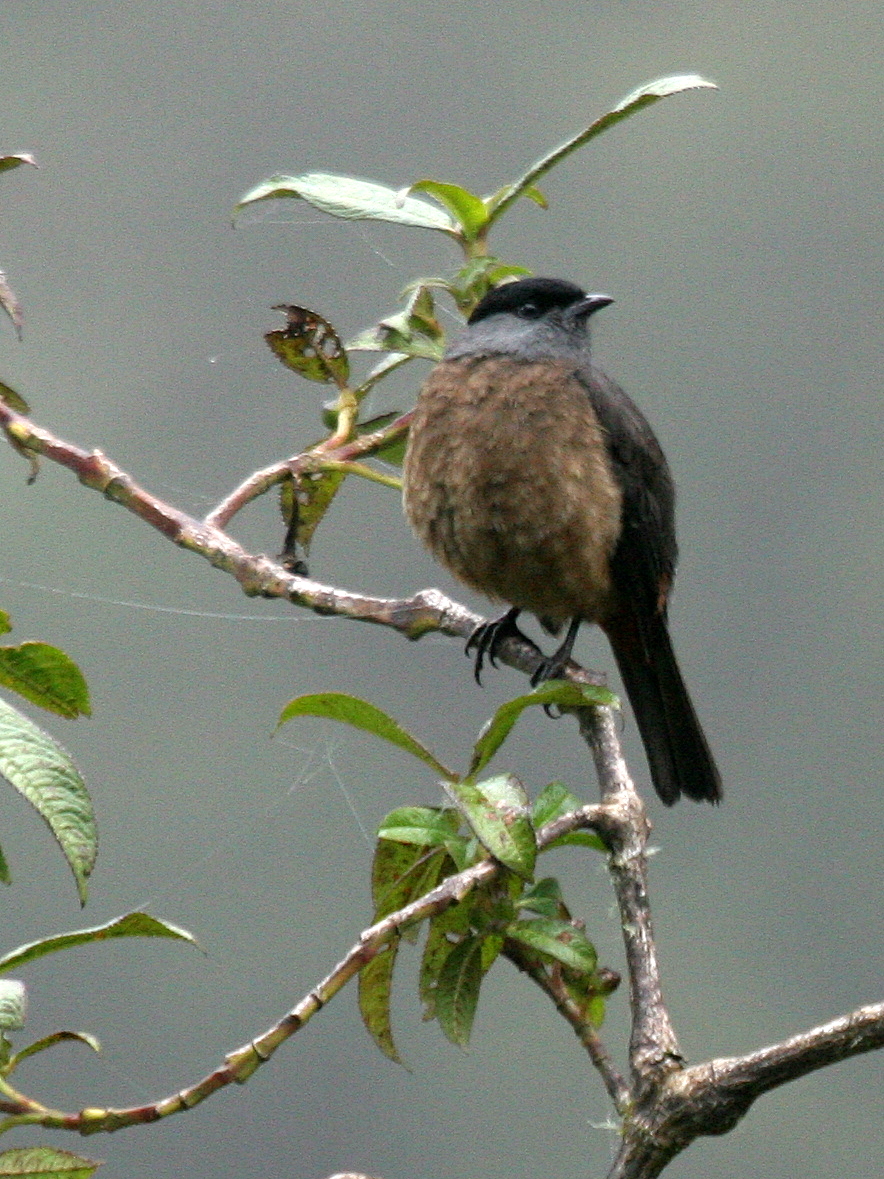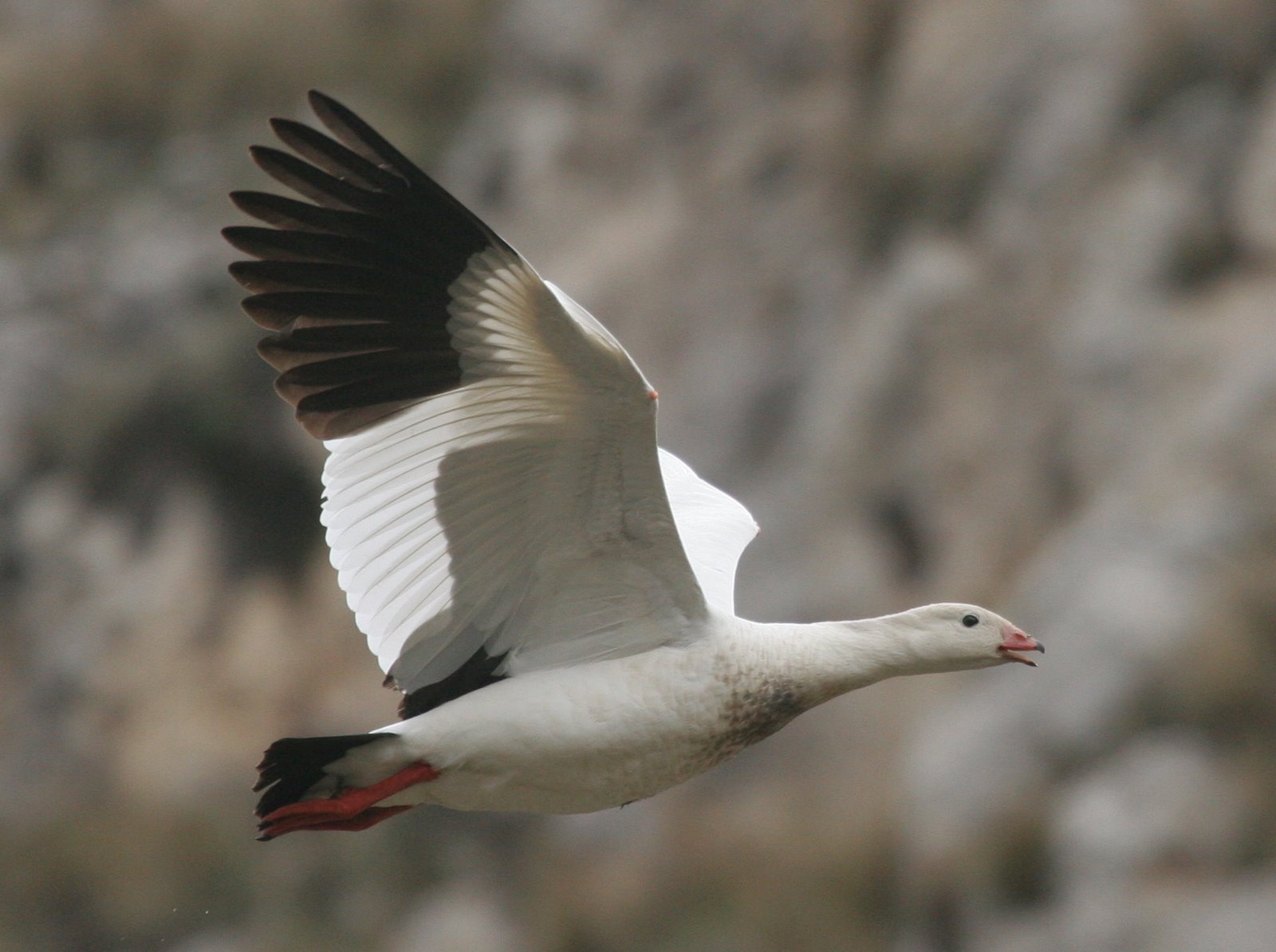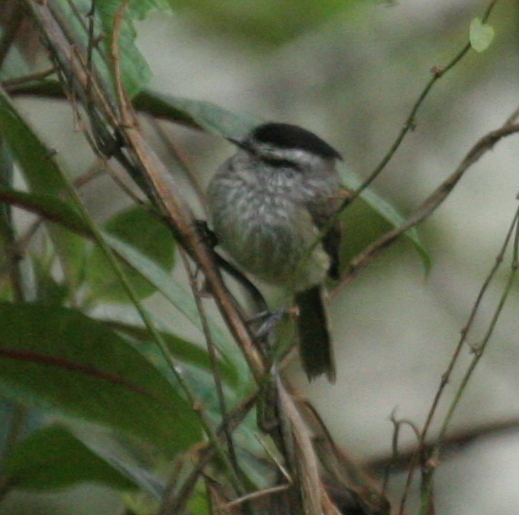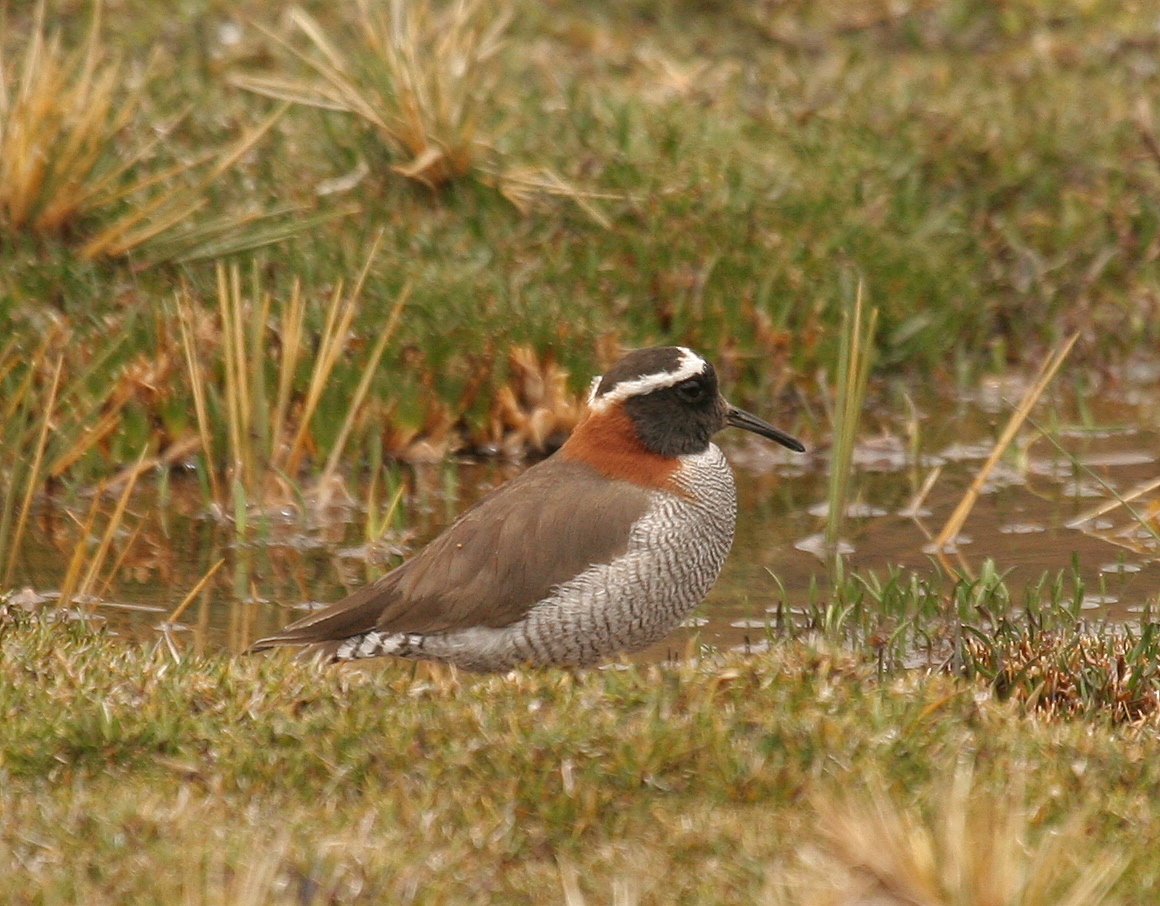Birdwatching in Peru – videos.
Keith Blomerley just posted some videos he put together from the trip he did with Kolibri Expeditions in 2004 together with Simon Wotton, Richard Winspear and Guy Shorrock. The birdwatching included the area around Lima, pelagic and some birding around Pisco and Ayacucho. The majority however is filmed along Manu Road and down the Madre de Dios river to Manu Amazon Lodge (formerly know as Manu Camping Lodge). The final parts contain Machu Picchu and Ticlio/Marcopomacocha.
The film is split into 13 parts, each around 6 or 7 minutes long. Clicking the “more info” link at the top right of the page gives more details and a mention of all the species filmed. The clips are best watched in high quality by hitting the HQ button at the bottom of the video screen. I shall present the videos in 3 posts with the first four presented here.
Birding Pucusana and Puerto Viejo
In Pucusana the main birds were Peruvian Seaside Cinclodes, Inca Tern and Humboldt Penguin. The birdwatching at Puerto Viejo included Many-coloured Rush Tyrant, Grassland Yellow-Finch, Wren-like Rushbird, Peruvian Meadowlark, Pied-billed Grebe and Great Grebe.
Or click this page to come to the You Tube page Birdwatching Pucusana and Puerto Viejo, Peru
Birdwatching at Paracas and Ayacucho
First minutes covers the desert near Pucusana. The birding here gives Coastal Miner, Vermilion Flycatcher, Peruvian Thick-knee, Mountain Parakeet with a Hooded Siskin, and Croaking Ground-Dove. At Cañete valley there were Black-necked Woodpecker and Tropical Kingbird.
At Paracas National Reserve the filmed Turkey Vulture, Peruvian Booby, Humboldt penguin, South American Fur Seal, Sanderling and Western Sandpiper.
Finally, the areas around Ayacucho covers Rufous-naped Ground-Tyrant, female White-winged Black-Tyrant, Pale-tailed Canastero (huancavelicae ssp of creamy-breasted), Bar-winged Cinclodes, Taczanowski’s Ground-Tyrant, Bearded Mountaineer, Andean flicker, Shining Sunbeam, Black-tailed Trainbearer and White-tailed canastero (usheri ssp of Creamy-breasted Canastero). There is also two skippers included. If anyone knows the names of these let me know.
Here is the link directly to the You Tube page for part two. Birdwatching at Paracas and Ayacucho
Birdwatching at Lomas de Lachay, Paraiso and a Lima birding Pelagic
The birding at Lomas de Lachay gave Burrowing Owl, Least Seedsnipe, Croaking Ground-Dove, Mountain Parakeet, Oasis Hummingbird, Raimondi’s Yellow-Finch and Tawny-throated Dotterel.
Paraiso lagoon some 30km to the North commence with an Elegant Tern and Guy’s rescue of an immature Guanay Cormorant caught in fishing net, Chilean Flamingo and Snowy Plover.
Finally, the pelagic, one of the trip highlights, of the trip brings footage of Franklin’s gull, Grey Gull, White-chinned petrel, South American Tern, Sabine’s gull, Wilson’s Storm-Petrel, White-vented Storm-Petrel, Black Storm-Petrel, Markham’s Storm-Petrel and White-vented Storm-Petrel. Finally as we reach waters near shore on the way back Peruvian Pelican, Dusky Dolphins with a mix of Peruvian Boobies and Sooty Shearwaters.
For the direct You Tube link click Birding Lomas de Lachay, Paraiso and Lima Pelagic
Birding Palomino islands near Callao and Huacarpay lake in Cusco
The last part of this post contains the final stretch of the Pelagic trip, Huacarpay Lake and first bit of Manu road.
There is a large colony of Peruvian boobies South American Sea Lions at Palomino islands. Chucking the last bit of chum on the way back to port brings a Red-legged Cormorant and a mix of Peruvian Pelicans Kelp Gulls and Inca Terns.
At Huacarpay Lake there are Andean Coot and Common Gallinule, and a Greenish Yellow-Finch. Starting at the dry areas on the Manu road around Paucartambo with Creamy-crested Spinetail, Golden-billed Saltator, Chiguanco Thrush and White-winged Black-Tyrant. Once in the more humid temperate forest there are Great sapphirewing, Calling Diademed Tapaculo and Hooded Mountain-Tanager. In the elfin forest around Pillahuata, there are Broad-winged Hawk and Rufous-breasted Chat-Tyrant, Scarlet-bellied Mountain-Tanager, Plush-capped Finch and Barred Fruiteater. Finally a very brief Red-and-White antpitta, Blackburnian Warbler and Masked Trogon.
The direct link to You Tube and this video by clicking Birdwatching Islas Palomino and Huarcapay, Cusco


